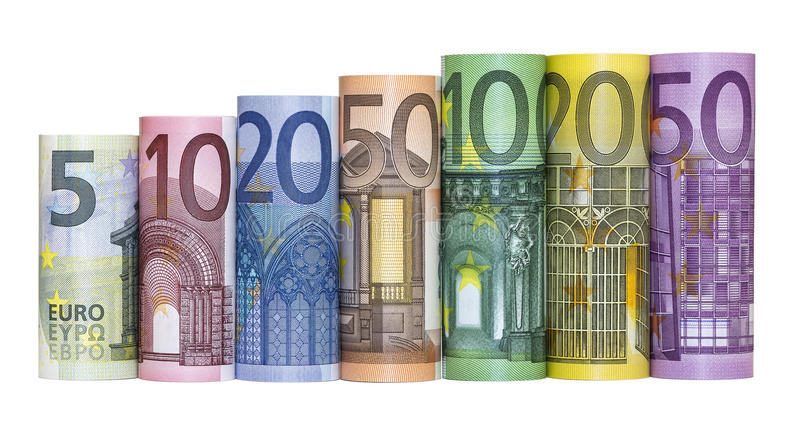After the release of US economic statistics, the EURUSD increased further and recorded a new daily high at 1.0916. The price then dropped to 1.0885.
The US Dollar Index is falling as US yields fall.
Due to risk appetite and declining yields, the US dollar is under pressure.US Dollar Index is dropping 0.50% and is poised to challenge the lows from last week, which were located near 102.00. The 10-year US Treasury yield fell to 3.41%, the lowest level in a week. With the publication of the US ISM Manufacturing survey, the downward gathered momentum.
Data from the United States show that the March ISM Manufacturing PMI and February Construction Spending were both lower than expected.
According to data, the US manufacturing sector’s economic activity has been declining. The ISM Manufacturing PMI dropped from 47.7 in February to 46.3 in March, which was below the market consensus of 47.5.
Prior to the release of the ADP and NFP, the Employment Index decreased from 49.1 to 46.9. According to a different study, construction spending fell 0.1% in February.
EURUSD is expected to test March highs of 1.0925/30.
Robert Holzmann of the European Central Bank stated that a half-point increase is still anticipated for May. He asserts that it would be difficult to go back if the central bank scaled back rate increases to 25 basis points. The crucial resistance level of 1.0925/30 was in sight for the EURUSD. The upside throughout the previous two weeks was capped by that zone.
The picture for the Euro would be improved by a breakout higher. If the attempt fails, a bearish correction may be possible. There may be support levels at 1.0855 and 1.0815.









